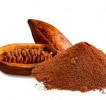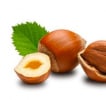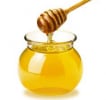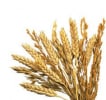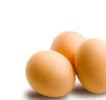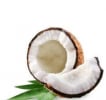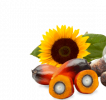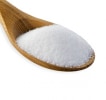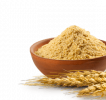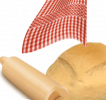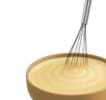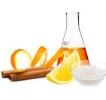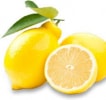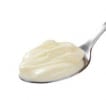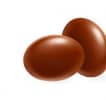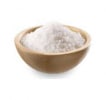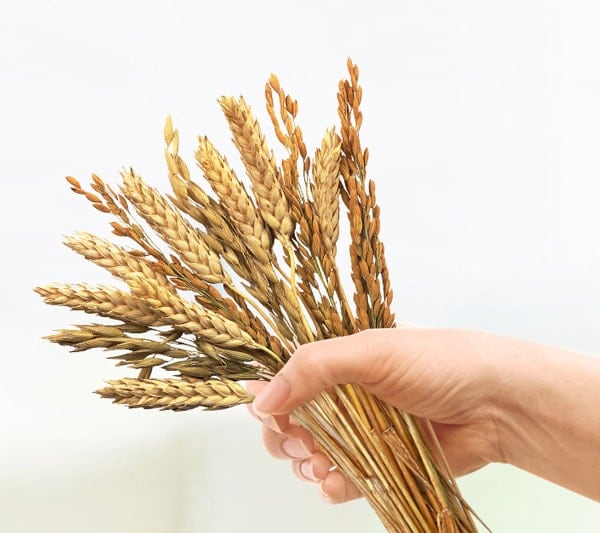
الحبوب
الحبوب واحدة من أقدم الأطعمة ومصادر القوت الأساسية. وهناك تنوع كبير في الحبوب المعروضة التي تشكل جزءاً لا غنى عنه من أي نظام غذائي ومكون رئيسي موجود في أي مطبخ.
Ingredient
All grass plants whose seeds can be made into flours, that are particularly rich in carbohydrates, can be considered cereals. They are so fundamental to our diet that around 60% of all farmland is dedicated to their cultivation. The cereals we use in our recipes are:
Wheat
Wheat is the cereal that gives us white flour and is what we make bread, pizza, cakes and biscuits from. Its grain is made up of three parts. The external part, the famous bran, which we find in our whole-wheat bread, is rich in fibre and protein. The centre is, nutritionally speaking, the most substantial and important part thanks to its high carbohydrate content. Finally, wheat germ, which is the part that gives rise to a new plant, is made up of protein, carbohydrates and lipids.
Rice
Rice is an essential cereal for mankind and is the main source of sustenance for billions of people worldwide. It is the cereal with the highest carbohydrate levels, but contains little in the way of proteins, fats and fibre and no gluten at all. Its peculiar make up and properties means that it is an easily digested food. It is no surprise then that is commonly used to feed very young children.
Barley
Barley has been grown by populations living in cold and semi-arid areas of the world, where wheat will not grow, for thousands of years. It is rich in carbohydrates, low in fat, and is a good source of protein as well as containing group B vitamins and precious mineral salts.
Spelt
Spelt is the oldest grain to be grown by man and was used as source of nourishment as far back as the Neolithic age. There are three varieties of spelt: large, medium and small grain varieties, but they all have one thing in common, their 'clothed grains'. This extra external coating means that even after threshing they need to be peeled once more before they become edible. Spelt has gained popularity again in recent years thanks to its high nutritional value. It contains good levels of protein, is rich in fibre, vitamins and dietary minerals while also being low in fat. Its flour gives exceptional bread which can be compared only to the most fragrant white loaves.
Buckwheat
Buckwheat is considered a cereal only because it is grown and used as one, but it actually belongs to a completely different family, that of Polygonaceae. It further sets itself apart from other cereals as its proteins are of higher quality. It is a good source of fibre and minerals and is also gluten free. In China, where it originates, it is used to make bread and in Eastern Europe it goes with main courses and is used to make porridge.
الحبوب
الحبوب واحدة من أقدم الأطعمة ومصادر القوت الأساسية. وهناك تنوع كبير في الحبوب المعروضة التي تشكل جزءاً لا غنى عنه من أي نظام غذائي ومكون رئيسي موجود في أي مطبخ.
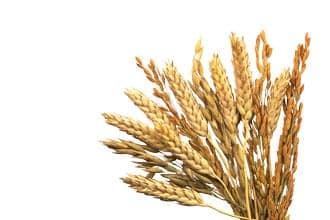
A great deal of thought, care and attention goes into our cereal blends. Five types of cereal are used in our Kinder Chocolate with Cereals: barley, rice, wheat, spelt and buckwheat. We have carefully studied the proportions of each blend and the toasting of each cereal to make sure our products give you that unmistakable Kinder flavour, aroma and crispiness. When it comes to our ingredients even the treatment is important. We only buy our puffed grains, used in Kinder Chocolate with Cereals, from Italian suppliers that are specialised in the field. The grains are then toasted in our plants so we can be sure that they are just as crisp and as fragrant as we demand. We buy our wheat from many countries around the world so we can guarantee the variety and quality of our flours. Rice, barley, rye and oats come from Europe and Russia, our buckwheat from China, whereas our spelt only comes from Italy.

